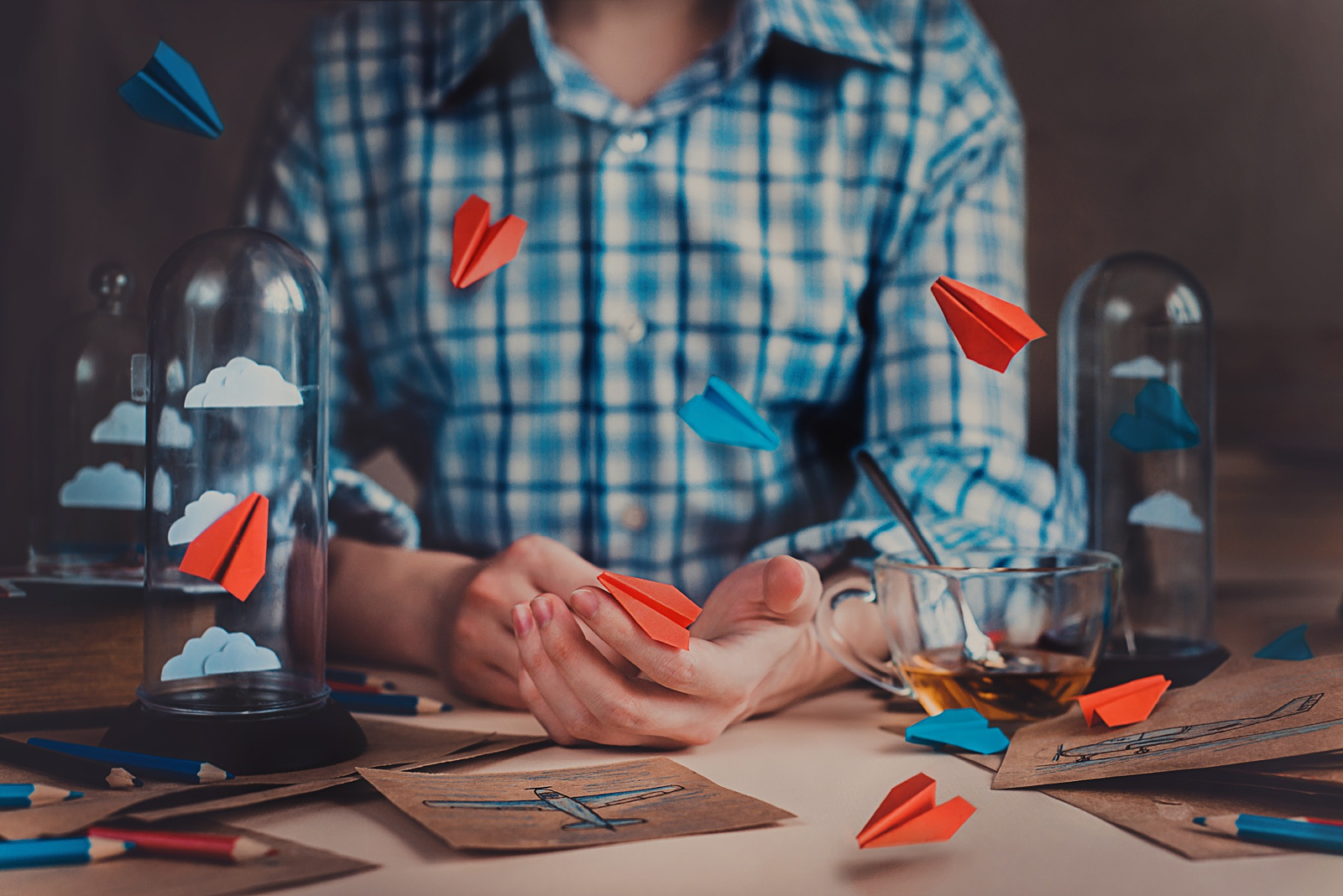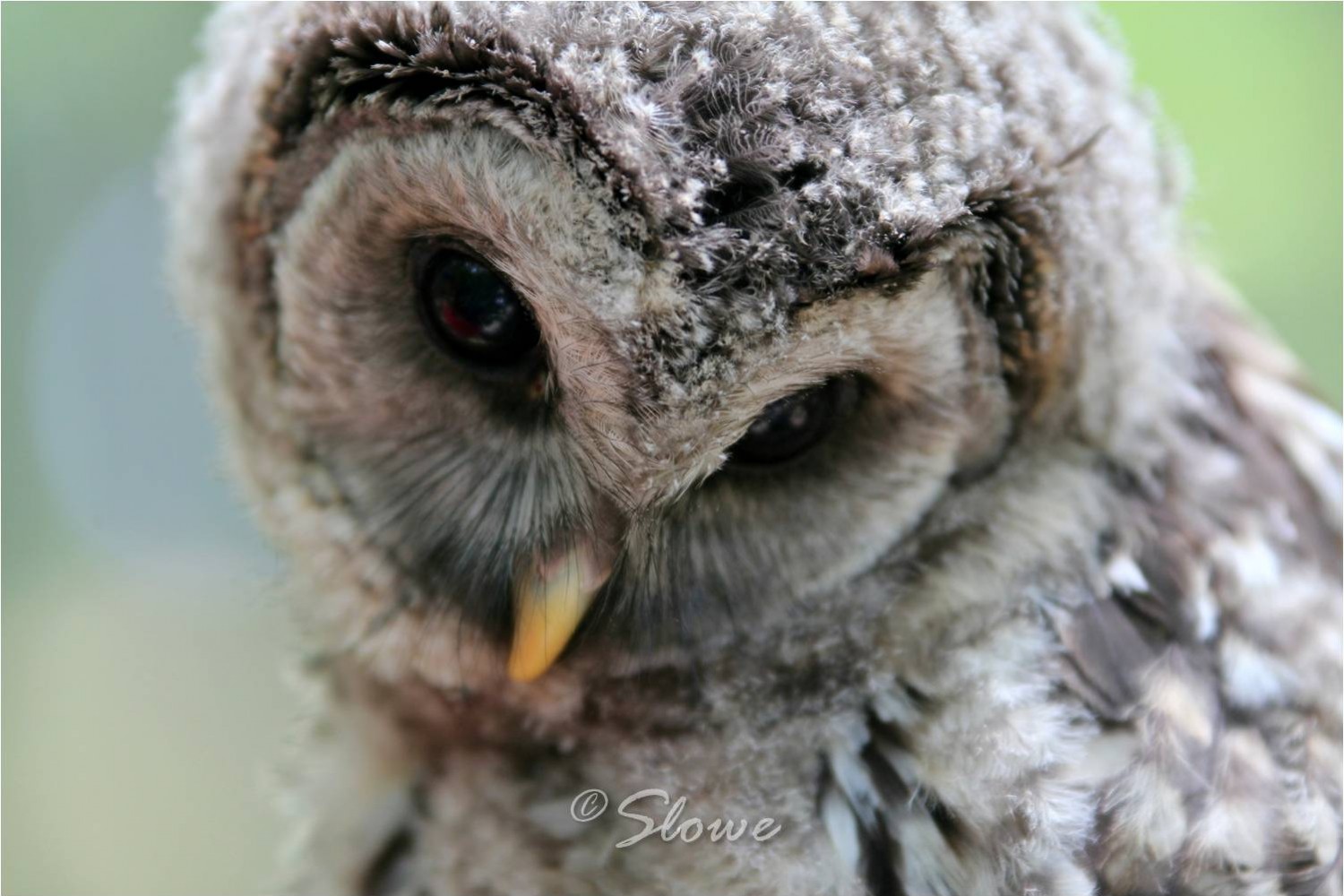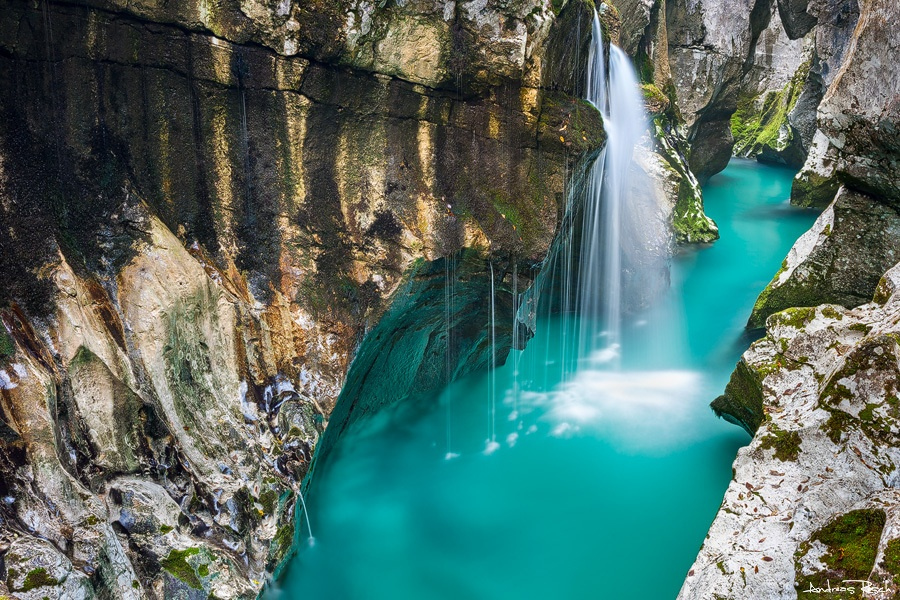While we do have a thing for cheesy headlines now and then, when we say that Dina Belenko puts the “life” in Still Life, we’re not being cheesy… we’re dead serious.
There are few photographers out there who have made a name for themselves, much less reached any level of even Internet ‘fame’, as still life photographers. Still life isn’t particularly sexy, and while it takes a LOT of skill, it’s rare we’re wowed by a sill life photograph.
The exception to this rule is Dina’s breed of still life photographer. Extremely rare and incredibly talented, each of her photos depicts so much more than a static scene—Dina tells a story and she tells it in the most creative of terms.
Fortunately for us, Dina has been kind enough to work closely with us here at 500px, sharing her secrets in amazing tutorials like this one, and now, answering a slew of questions for us in an in-depth interview.
There’s so much inspiration and wisdom in these answers, so don’t skip this one! Scroll down and enjoy.
An Interview with Dina Belenko
500PX: First off, can you tell us a little bit about yourself and how you came to be a photographer? Also, how did you end up on still life photography?
DINA BELENKO: I’ve been interested in photography since graduating from high school. I didn’t want to become a professional photographer, I just had a hobby. I was shooting portraits of my friends (now I think this is a great way to start), flowers, landscapes and anything I saw. There wasn’t a photography genre I didn’t try. Maybe I just liked the sound of the shutter.
In course of time, I started to take photography more seriously, started to think about what I want to say by my pictures, to plan shoots, draw sketches, and pay attention to minor details. I began to control more and more aspects of my work.
Call me a control freak, but I fell in love with it. I found out that what interests me lies not in tracing some events and retelling stories of some happenings, but in creating tales of my own and the easiest way to do this is by taking control over all the objects in your shot. And I understood that still life photography is something I could become good at—at least, theoretically—so I decided to make it my profession.
You’re clearly passionate about still life photography, what is it about still life images that makes the genre appeal to you more than, say, portraits or landscapes?
DINA: I think it is the large amount of narrative opportunities. Every object contains a kind of “folded story” inside it. Things can tell what they saw, who held them, who accidentally broke them, and who lovingly gathered up the pieces and repaired them. In every single thing there is a sense of human presence, something invisible but clear. I love that! You can actually shoot a portrait… not a portrait of real person, but a portrait of the character you have in mind.
I have made some images with people, but I tried not to show their faces, I’ve always felt that including a face makes it personal.
They say a good portrait reveals the nature of the subject being portrayed, but I’m not interested in that. I do not want to take a picture about a particular ‘Jane Doe,’ but I might want to capture the portrait of an adventurer, dreamer, or just a coffee lover—any adventurer, dreamer or coffee lover regardless of their names, age, and occupation. I think I can do this better with still life.
What sets a great still life photographer apart from the crowd?
DINA: Passion, I suppose. That’s what counts in any genre, isn’t it?
You can always tell when a photographer obsessed with, say, tea cups, pink lipstick, or clouds—they’re becoming radiant. I think that finding what you love is the most important thing. You don’t have to find your style, you have to find your passion.
How do you keep your photography fresh? How do you keep coming up with creative new ideas like the amazing coffee cup reflection photos you did recently?
DINA: I just get bored too quickly. I even can’t manage to shoot a series that consist of more than 5 pictures in a row… so I just have to move to something new if I want to continue shooting. Maybe this is impatience, but there’s so many interesting things around! You simply can’t stick to only one of them, you need to try them all.
As for the reflections photos and tutorial, well, I just thought I needed something very simple but cute, and remembered I was asked about the moon and stars reflections in my Endless book. They were pretty simple but looked interesting. I think it is like capsized shadow theater… only with coffee.
You often bring up the idea of telling a story through each of your still life photos. What is your favorite story you’ve ever told?
DINA: Recently I’ve found that the “hero” of my pictures is usually thinking of or preparing to do something instead of actually doing it. My ‘traveller’ is always packing the suitcase but never going out. I always have someone who is looking at stars or dreaming about ocean deeps, or who wants to become a magician. So, I think my favourite story is about someone completely ordinary with a little spark of adventure inside.
What is the most challenging shot you’ve ever taken (or undertaken, as it were)? Can you tell us the story behind it?
DINA: Well, let it be “To the South” from series “17 words for Wes Anderson.” First of all, we (my brave model Alexandra, the assistant who threw snow at her, and I) were shooting it at winter. And not just any average winter, but in the middle of stereotypical Russian winter. I can’t express how grateful I am to my model who not only let me throw a lot of snow on her, but actually didn’t bite my head off for nearly freezing her into an icicle.
Second, we were shooting outside. You may say it’s not a big deal, but I was so used to working indoor that going in the middle of the show field with all usual photo equipment and a huge road sign (by the way, I made that sign myself and am kind of proud of it) was slightly unnerving. I wanted to make a shot with a feeling of adventure, and it somehow turned out to be a little adventure for myself.
Getting technical, what’s in your gear bag? (from cameras/lenses to random little accessories, props and personal items you always have around)
DINA: I never go out without a pair of tweezers, double-sided tape, cotton swabs, stationery clips, and masking tape. All these things are life savers.
As for gear, it’s a Nikon D800, 50mm lens, an SB-910 speedlight, a large Wescott’s 43” Apollo Orb softbox, a reflector, a tripod, and spare batteries for my camera and flash.
Walk us through the basic steps of taking an image for you, and the amount of time/importance you place on each step (planning, setup, shooting, post-processing, etc.)
DINA: 1. Idea: I always start with making a sketch. In fact, this is my favourite part. I do not know how much time it takes, because I try to devote every spare minute to this.
2. Props: If I only need to put together all my coffee cups, this stage takes just a couple of minutes; but if I’m going to make a bunch of paper flowers it could take a few days. For an imaginary ‘average’ shot it’s about 3-4 hours.
3. Shooting: When all the items are ready, it usually doesn’t take long to create a composition (which I’ve already thought over in the first stage), set the lights up, and take the shot. Sometimes there may be difficulties with naughty sheets of paper or capricious smoke, so this stage can last anywhere from 1 to 4 hours.
4. Post-processing: Files from my camera are really large and my computer isn’t the fastest one, so I usually need about 2 hours to convert and process my images.
In regards to post-processing, what’s your philosophy there? How much is too much? Where do you draw the line between getting something in-camera and creating it in Photoshop?
DINA: I like to keep things simple. If it’s easier so make changes during the shooting, I’ll make them during the shooting. If I know that something will be easier to correct in Photoshop, I’ll do it that way. I don’t think it’s very important.
When the viewer sees the picture, it does not matter if it was made by one take or entirely drawn on the computer. The idea is more significant then tools, isn’t it?
What’s the most critical piece of artistic advice you ever received?
DINA: About 5 years ago I happened to be at the lecture of Russian still life photographer Svetlana Pozharskaya. She took a look at my works and said that they didn’t have an understandable idea behind them (although the composition was good). Well, she was quite right. Since then, I’ve tried to make more meaningful pictures.
You’ve had a lot of success selling your work through 500px Prime. Any advice for other still life photographers who would like to do the same?
DINA: Oh, have I? In fact, I don’t know how it came out, I have not a proper stock kind of photography. You can’t illustrate an article about healthy eating or office life with my pictures. And I make not more than 10 photos per month. So I’m not the best choice of adviser.
Just one thing maybe: take photos that you will be proud of, even if you are not paid for them. That way, you will still have good photos, and this is the most important thing.
Finally, what’s coming up for you? What can your fans look forward to seeing on your 500px account in the coming months?
DINA: I still have to learn how to build longer-term plans than what I want to do this week, but there will surely be dandelions. Summer has finally arrived in my town, and there are dandelions everywhere! It would be a shame not to use them.
Want to see more from Dina or follow along as she continues to tell the stories “folded” inside of everyday objects? Follow her on 500px, check out her LiveJournal, or say hi on Twitter. You can also license her photography through the 500p Marketplace.
























Leave a reply